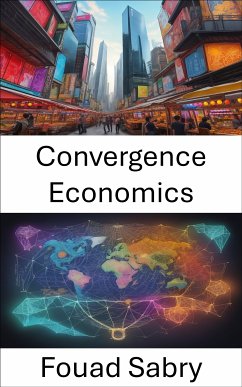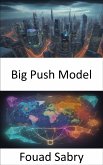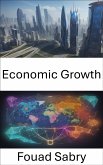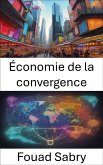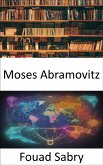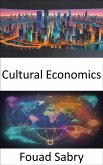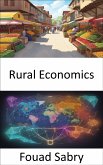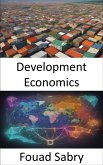What is Convergence Economics
The idea of convergence in economics is the hypothesis that poorer economies' per capita incomes will tend to grow at faster rates than richer economies. In the Solow-Swan growth model, economic growth is driven by the accumulation of physical capital until this optimum level of capital per worker, which is the "steady state" is reached, where output, consumption and capital are constant. The model predicts more rapid growth when the level of physical capital per capita is low, something often referred to as “catch up” growth. As a result, all economies should eventually converge in terms of per capita income. Developing countries have the potential to grow at a faster rate than developed countries because diminishing returns are not as strong as in capital-rich countries. Furthermore, poorer countries can replicate the production methods, technologies, and institutions of developed countries.
How you will benefit
(I) Insights, and validations about the following topics:
Chapter 1: Convergence (economics)
Chapter 2: Economic growth
Chapter 3: Environmental determinism
Chapter 4: Development economics
Chapter 5: Demographic transition
Chapter 6: Simon Kuznets
Chapter 7: Endogenous growth theory
Chapter 8: Productivity
Chapter 9: Malthusianism
Chapter 10: Overlapping generations model
Chapter 11: Heckscher-Ohlin model
Chapter 12: International economics
Chapter 13: Solow residual
Chapter 14: Solow-Swan model
Chapter 15: Stanley Engerman
Chapter 16: Flying geese paradigm
Chapter 17: Great Divergence
Chapter 18: Moses Abramovitz
Chapter 19: Kenneth Sokoloff
Chapter 20: Oded Galor
Chapter 21: Galor-Zeira model
(II) Answering the public top questions about convergence economics.
(III) Real world examples for the usage of convergence economics in many fields.
Who this book is for
Professionals, undergraduate and graduate students, enthusiasts, hobbyists, and those who want to go beyond basic knowledge or information for any kind of Convergence Economics.
The idea of convergence in economics is the hypothesis that poorer economies' per capita incomes will tend to grow at faster rates than richer economies. In the Solow-Swan growth model, economic growth is driven by the accumulation of physical capital until this optimum level of capital per worker, which is the "steady state" is reached, where output, consumption and capital are constant. The model predicts more rapid growth when the level of physical capital per capita is low, something often referred to as “catch up” growth. As a result, all economies should eventually converge in terms of per capita income. Developing countries have the potential to grow at a faster rate than developed countries because diminishing returns are not as strong as in capital-rich countries. Furthermore, poorer countries can replicate the production methods, technologies, and institutions of developed countries.
How you will benefit
(I) Insights, and validations about the following topics:
Chapter 1: Convergence (economics)
Chapter 2: Economic growth
Chapter 3: Environmental determinism
Chapter 4: Development economics
Chapter 5: Demographic transition
Chapter 6: Simon Kuznets
Chapter 7: Endogenous growth theory
Chapter 8: Productivity
Chapter 9: Malthusianism
Chapter 10: Overlapping generations model
Chapter 11: Heckscher-Ohlin model
Chapter 12: International economics
Chapter 13: Solow residual
Chapter 14: Solow-Swan model
Chapter 15: Stanley Engerman
Chapter 16: Flying geese paradigm
Chapter 17: Great Divergence
Chapter 18: Moses Abramovitz
Chapter 19: Kenneth Sokoloff
Chapter 20: Oded Galor
Chapter 21: Galor-Zeira model
(II) Answering the public top questions about convergence economics.
(III) Real world examples for the usage of convergence economics in many fields.
Who this book is for
Professionals, undergraduate and graduate students, enthusiasts, hobbyists, and those who want to go beyond basic knowledge or information for any kind of Convergence Economics.
